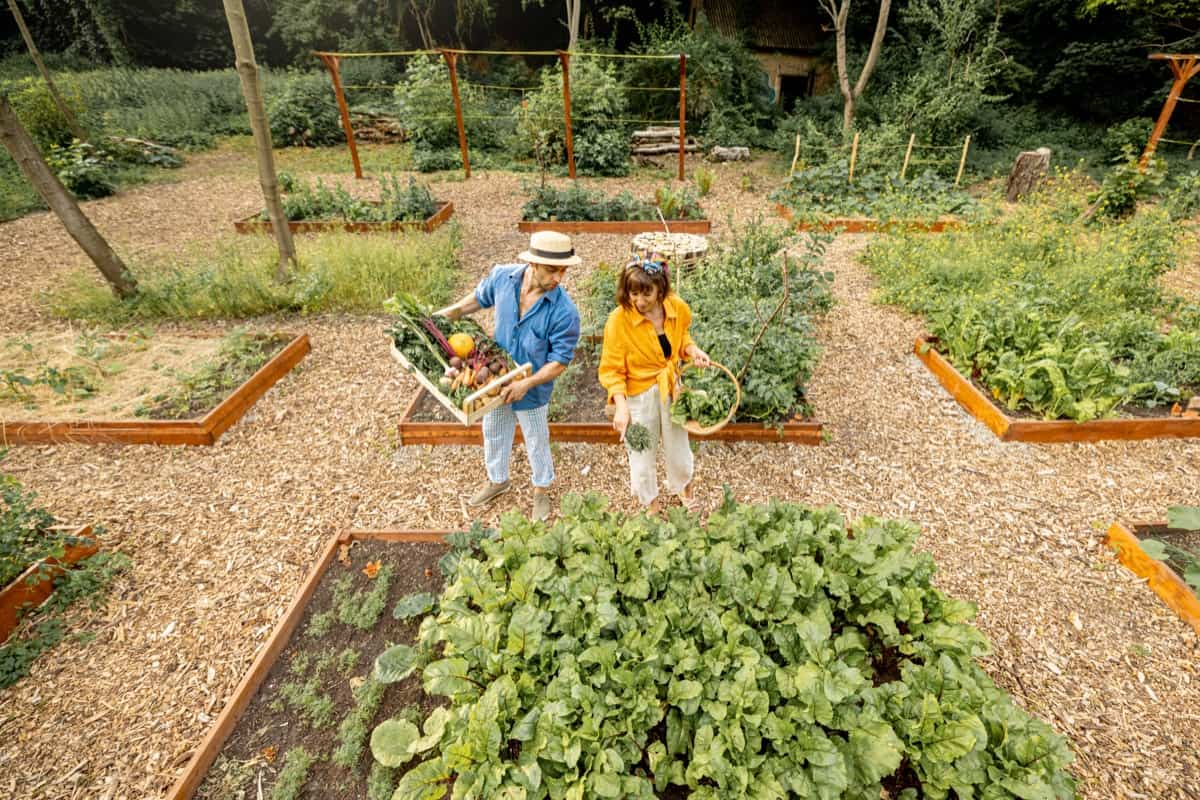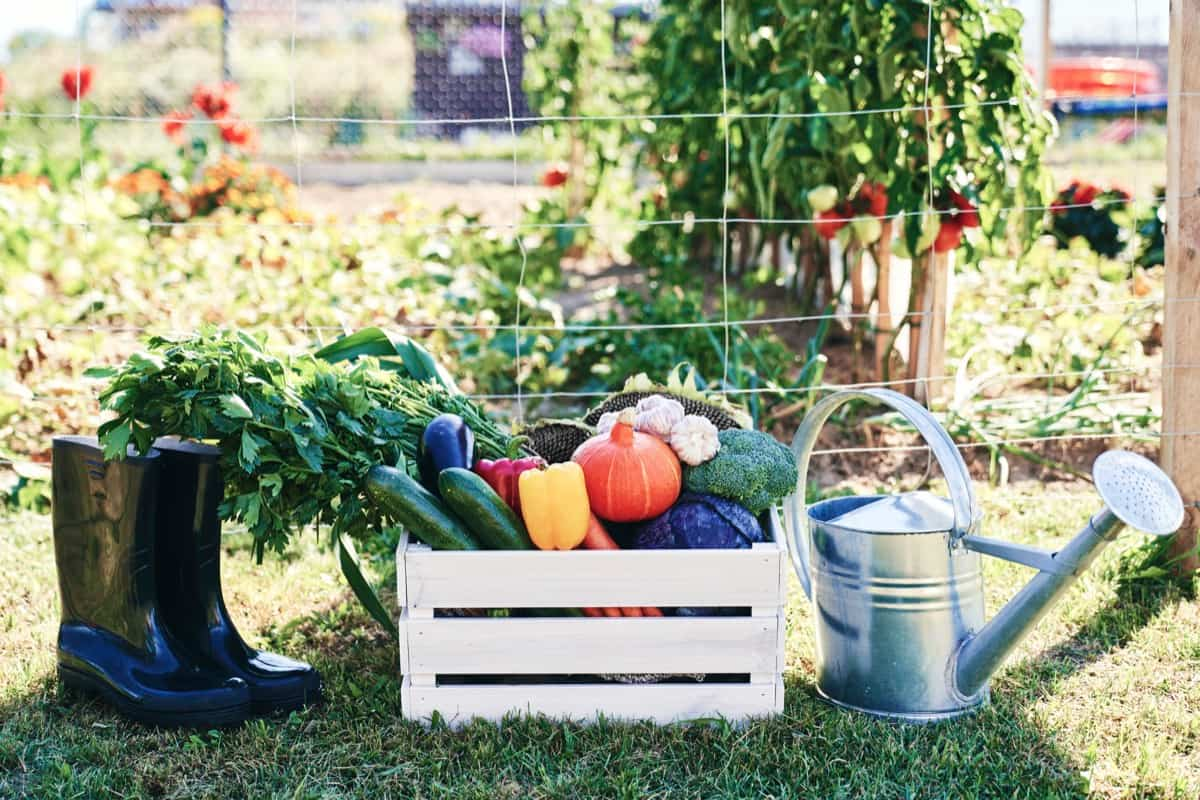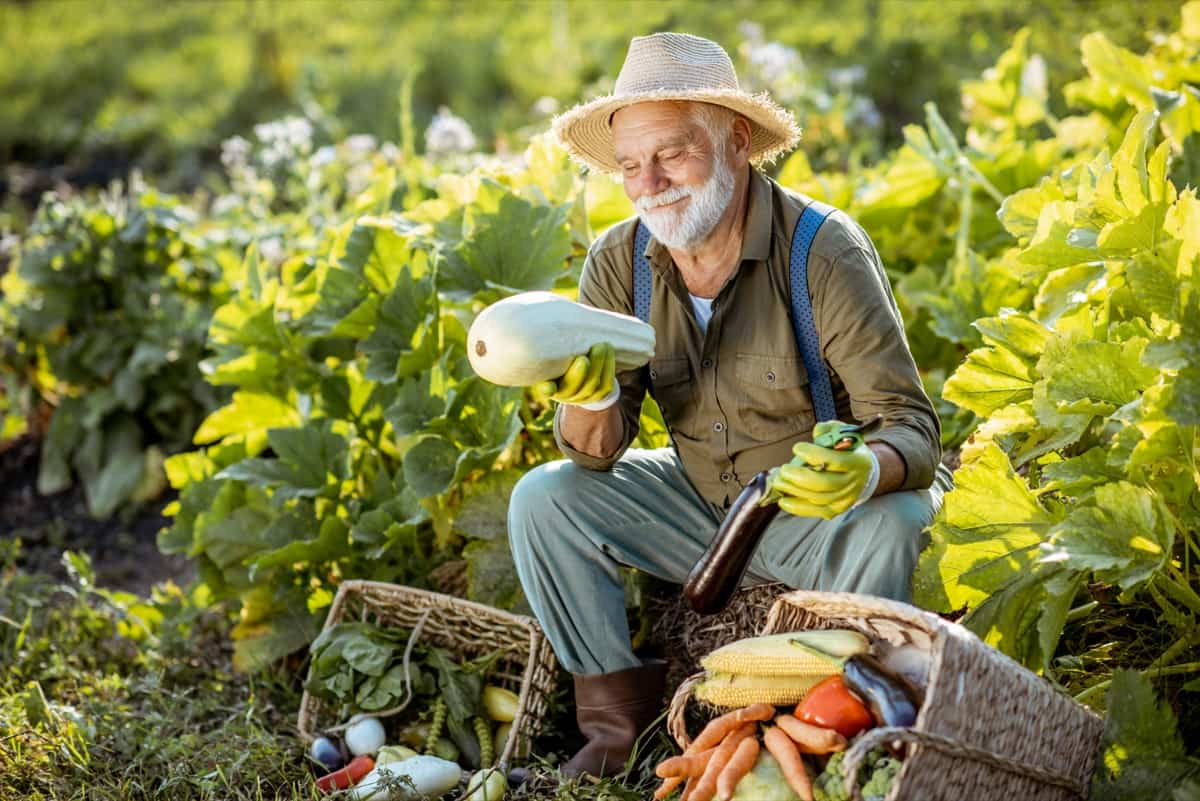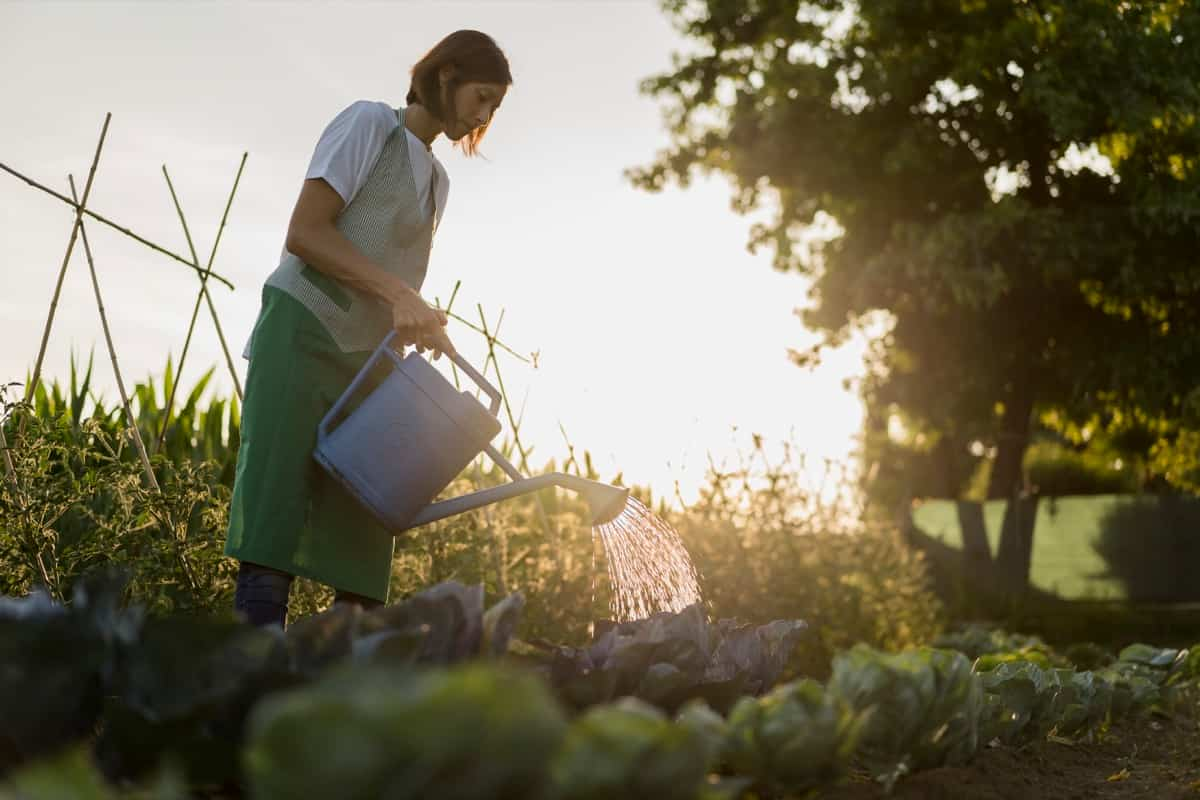For gardening enthusiasts wondering, “What vegetables can grow in Idaho?” or those seeking information specific to the Idaho planting calendar, you’re in the right place. With its diverse climates across various regions, Idaho provides many opportunities for growing vegetables. Whether asking, “What can I grow in the winter in Idaho?” or searching for summer and spring recommendations, this guide offers many choices.

Best Vegetables to Grow in Idaho in Winter
Selecting the right vegetables becomes crucial in regions like Coeur d’Alene and Sandpoint, where cold temperatures characterize winters. This season, root vegetables such as carrots, beets, and turnips thrive. They tend to grow deeper into the soil, drawing from its warmth to nourish themselves and offer a tasty harvest for the gardener. Alongside these, leafy greens such as kale and spinach, known for their resilience in cooler temperatures, flourish in many Idaho gardens, making them great additions to your winter vegetable collection.
Summer Vegetables to Grow in Idaho
Transitioning to summer, the Boise and Twin Falls regions witness warmer temperatures, ideal for various vegetables. Think of sun-loving crops like tomatoes, peppers, and eggplants, which flourish and deliver a juicy, flavorful harvest. Cucumbers and zucchinis are other great options, often abundant due to their rapid growth rate and high yield. For those with a penchant for salads, a mix of lettuce varieties can provide a continuous supply of crisp, fresh greens throughout the sunny months.
Spring Vegetables to Grow in Idaho
With spring in regions such as Pocatello and Idaho Falls comes the chance to introduce a mix of vegetables. Broccoli, cauliflower, and Brussels sprouts are all cool-season vegetables that can be started early in the spring, giving them a head start before the summer heat arrives. Radishes, with their quick growth cycle, are also a perfect choice for the impatient gardener, yielding crunchy produce in a matter of weeks.
Cold-tolerant Winter Vegetables for Idaho Gardens
Peas are an excellent cold-tolerant vegetable that can be sown in late winter, ensuring an early spring harvest. With its vibrant stems and leaves, Swiss chard is not just a visual treat but also robust enough to endure colder temperatures. Onions and garlic, planted in the fall, go dormant during the harshest winter months and grow as the days warm, offering an aromatic addition to your garden and kitchen.
Heat-tolerant Summer Vegetables for Idaho Gardens
Heat-tolerant vegetables become essential for regions like Lewiston and Moscow, which can experience particularly hot summers. Okra, known for its ability to thrive in higher temperatures, can be an excellent addition to the garden. Similarly, sweet potatoes love the heat, developing rich, flavorful tubers beneath the soil. The vibrant and spicy chili peppers are another heat lover, offering color and zest to the summer garden palette.
In case you missed it: Easy and Best Vegetables to Grow in Oklahoma: Planting Guide for Winter, Summer, and Spring Seasons

Early Spring Vegetables for Idaho Gardens
Spring’s arrival in Idaho calls for gardeners to start planting early-season crops. Snap and shell varieties of peas can be planted as soon as the soil is ready for cultivation. Lettuce and spinach can be introduced in succession, providing a steady supply of greens for the dinner table. Green onions, also known as scallions, are another crop that can be planted early, offering a mild flavor that complements many dishes.
Late Spring Vegetables for Idaho Gardens
As late spring approaches and the ground warms up in regions like Meridian and Nampa, it’s time to consider crops like beans. Both pole and bush beans are an excellent choice, depending on your garden’s layout. Corn can also be sown, standing tall and proud, acting as a natural focal point in the garden. Root crops such as potatoes are another worthy addition, and with various varieties available, one can expect a versatile harvest by summer’s end.
Cool-season Crops for Winter Gardening in Idaho
Winter gardening in Idaho is enriched by cool-season crops that are both nutritious and hardy. Cabbages and collard greens can withstand frost, often sweetening with a cold touch. With its unique appearance and taste, Kohlrabi is another vegetable that can be grown during the colder months. Asian greens, such as bok choy, can also be sown, introducing a different flavor profile to the winter harvest.
Warm-season Crops for Summer Gardening in Idaho
As Idaho’s summer rolls in, gardeners should focus on warm-season crops. With their thirst for sunshine, melons can be sown, promising a sweet, juicy harvest. Squash, both summer and winter varieties, can be introduced, offering versatility in the kitchen. And for those looking for a protein-packed crop, beans, especially lima and black-eyed peas, can be a fantastic addition, thriving in Idaho’s summer heat.
Early and Late Season Crops for Spring Gardening in Idaho
In the spring, Idaho’s gardens can benefit from early and late-season crops. Early in the season, gardeners can sow beets and turnips, while later, as the threat of frost diminishes, warmer weather crops like pumpkins and sunflowers can be introduced. These sun-loving giants provide a yield and add an aesthetic appeal, with their tall stalks and vibrant flowers standing out in any garden landscape.
Soil Preparation and Conditioning for Idaho Gardens
In areas like Caldwell and Rexburg, soil composition might vary from sandy to clayey. Proper soil preparation becomes the foundation for a thriving garden. Start by testing the soil’s pH level to determine if it’s acidic, neutral, or alkaline. Most vegetables prefer a neutral pH level, ideally ranging from 6.5 to 7.5. If the soil is too acidic, consider adding lime; if it’s too alkaline, incorporate sulfur or compost. Speaking of compost, it’s the gold standard for organic matter. Incorporate well-decomposed compost to enrich the soil with essential nutrients.
In case you missed it: Easy and Best Vegetables to Grow in North Carolina: Planting Guide for Winter, Summer, and Spring

Adding coarse sand or gypsum can improve drainage for clayey soils, ensuring roots aren’t waterlogged. On the other hand, sandy soils benefit from organic matter like well-rotted manure, which enhances its water retention capacity. With Idaho’s sometimes arid conditions, mulching becomes essential.
Planting Techniques Tailored for Idaho’s Climate
Understanding Idaho’s varied climate is important. Adopting certain planting techniques is beneficial in places like Mountain Home or Burley, where sudden cold snaps are possible. One such method is “hardening off,” where young plants, initially grown indoors, are gradually introduced to outdoor conditions over a week, reducing the shock of temperature differences. This ensures they’re robust enough to withstand sudden temperature dips.
Raised beds can be particularly useful in colder regions as they warm up faster in spring, allowing for an earlier planting season. Additionally, they provide excellent drainage and can be filled with custom soil mixes. For those scorching Idaho summer days, consider using shade cloths to protect plants from the intense midday sun, especially for cool-loving crops like lettuces. Drip irrigation or soaker hoses can be effective watering techniques, ensuring plants receive consistent moisture without wastage.
In case you missed it: Growing Gourmet and Medicinal Mushrooms: Facts, Humidity, Temperature, Growth Stages, and Problems

Conclusion
With such diversity in vegetable choices and various climates across its regions, Idaho remains a gardener’s paradise, offering year-round opportunities for fresh, home-grown produce. Whether you’re a novice or an expert, this state’s planting calendar ensures a bountiful harvest across seasons.
- Ultimate Guide to Ossabaw Island Hog: Breeding, Raising, Diet, and Care
- Ultimate Guide to Juliana Pig: Raising Facts, Size, Diet, Care, and Lifespan
- Raising Lleyn Sheep: Disadvantages, Price, Uses, Characteristics, and Care
- Ultimate Guide to Meishan Pig: Breed Facts, Breeding, Raising, and Care
- Ultimate Guide to Teacup Pigs: Raising, Diet, Lifespan, Cost, and Care
- Guide to Raising Poll Dorset Sheep: Facts, Profile, Characteristics, Uses, and Care
- Ultimate Guide to Bighorn Sheep: Characteristics, Diet, Lifespan, Breeding, and Lifecycle
- Ultimate Guide to Raising Katahdin Sheep: Farming Facts, Breed Profile, Uses, and Care
- Ultimate Guide to Raising Oreo Cows: Belted Galloways Farming Facts, Profile, Uses, and Care